By Kara Lucker
Since his debut in “Action Comics #1” in April 1938, Superman has been in the hearts of both adults and children alike and is one of the most recognizable figures throughout the world. Examples of this are found in comic books, newspaper comic strips, radio, television, and movies. His complex history has made him a rather interesting character. Though his origin story has only been slightly altered since his debut, his character development has drastically changed. This essay will attempt to explore Superman’s vast and complex history and discover just exactly who he is as a fictional character, why he was created, and what makes him the American icon that he has become.
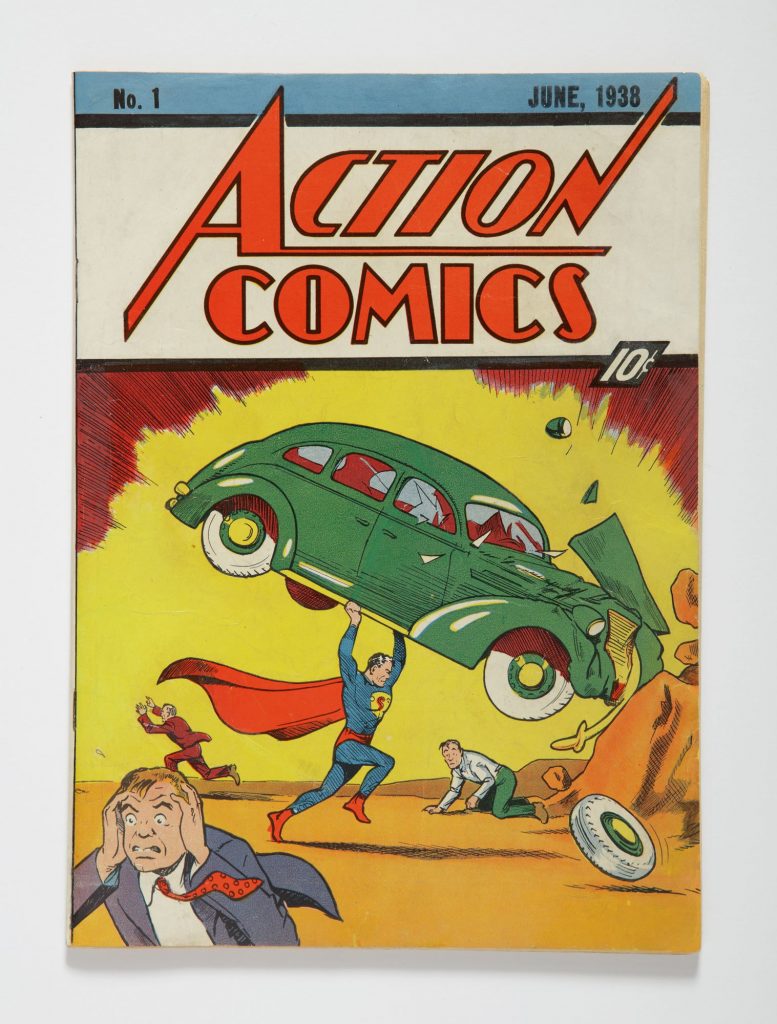
Superman creators, Jerry Siegel and Joe Shuster wanted a character whom everyone could look up to, one who stood up for others, even when the world would not. From the beginning Superman has been considered a down-to-earth character with strong morals, such as integrity, respect for others, and a keen sense of right and wrong. Siegel and Shuster wanted a character whom they thought could inspire the world to stand up for what is right and defend the weak against bullies they themselves encountered while they were growing up in Cleveland, Ohio. Though they began their work on Superman as early as 1933, it would be another five years before they officially became published.
Jerry Siegel and his family were Jewish immigrants from Lithuania. Joe Shuster was also from a Jewish immigrant family who had moved to Cleveland from Toronto, Ontario, Canada. Larry Tye discusses in “Superman: The High-Flying History of America’s Most Enduring Hero” how Siegel and Shuster came to know each other through their early struggles, but mostly how they got their beloved Superman off the ground and into the minds of millions of readers. Tye talks of how Siegal and Shuster both wanted something out of life, and how they used their combined creativity to create a superhero whom everyone could admire.
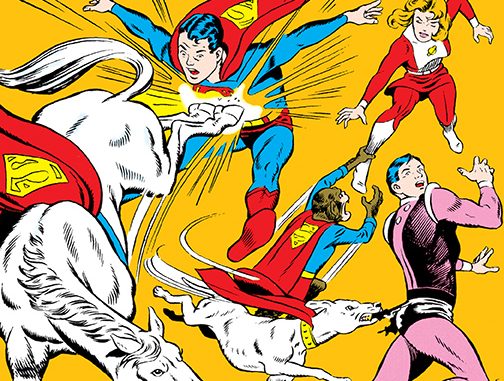
Larry Tye’s argument for his writings is how Superman broke the mold for the superhero narrative. Superheroes are often woven into their time, meaning that within the time period they are created, they seldom last beyond it. One example could be that while Superman was created in the late 1930s, he was not meant to last past those early years, but he did. Having lasted into the late 1940s and then into the 1950s, it was clear that Superman was here to stay. Tye states in his book, “It was on his muscle-bound back that the iconic comic book took flight, and the very idea of the superhero was born.” The inspiration for his book came from simply asking why America embraces the heroes it does. Tye felt strongly that there was no better way to understand the modern-day superheroes than to take an in-depth look at Superman. The superhero had tapped into the American psyche more effectively than anyone else and was able to outlast all other superheroes. However, his history goes far beyond the pages of comic books and graphic novels.
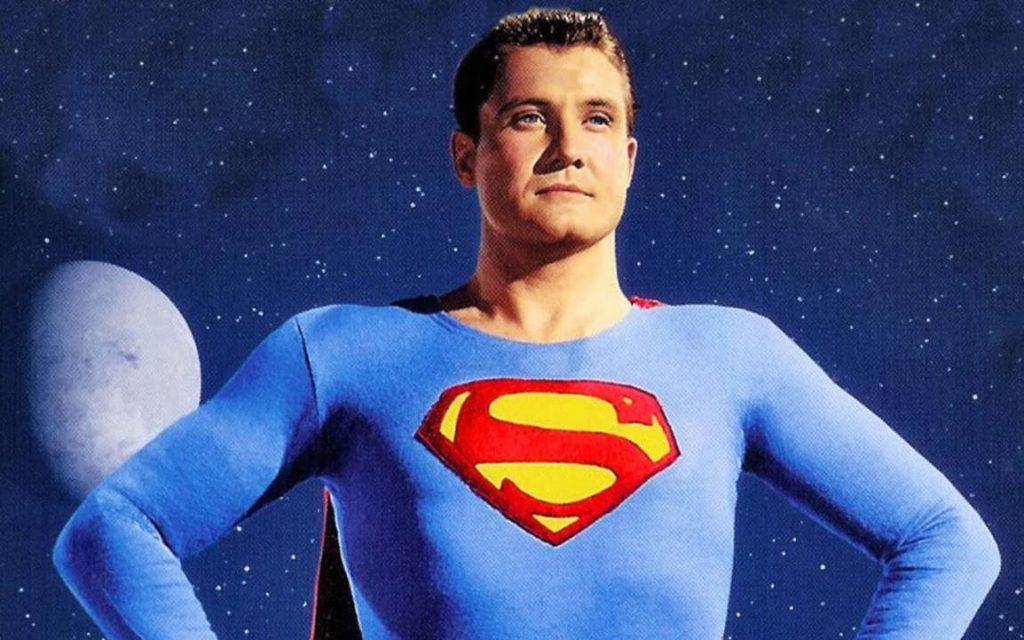
When it comes to the history of Superman, Larry Tye points out that through his vast array of media there has been a Superman for every generation since his inception in 1938. From his first radio broadcast to his movie serials in the 1940s to the “Adventures of Superman” television series starring George Reeves in the 1950s, with reruns into the 1960s, Superman has been a heavy influence in the media. In the 1970s the world became fascinated with the Superman story once again with the film “Superman: The Movie,” which debuted in December 1978. In the 1980s, the Superman story had been revamped and he was given a completely new makeover and storyline. His story had change through new writers and artists who wanted to bring the next generation a new story. Beginning with “Crisis on Infinite Earths” in 1985 written by Marv Wolfman, followed by “Man of Steel” in 1986, by writer John Byrne. Though the story of his origins relatively remained the same, Superman had new foes and battles to fight. However, in the movies and television series, Superman was still a character many believed in.
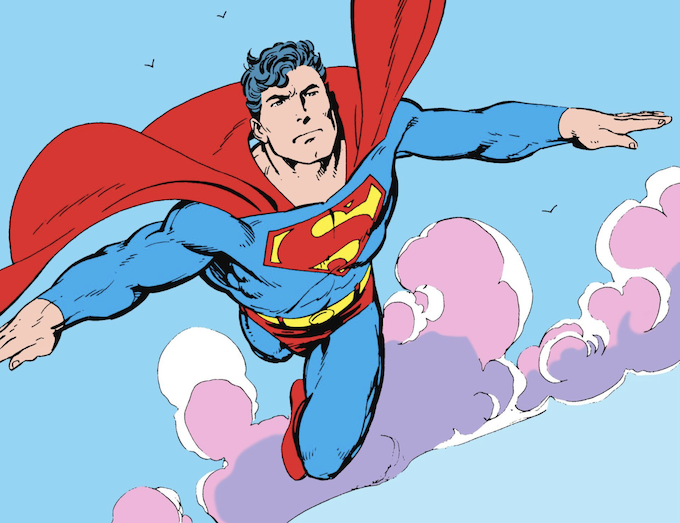
In 1978, director Richard Donner’s view was of a man who could fly. This was something the world would truly believe about Superman’s character. “Superman: The Movie,” was a groundbreaking innovation in filmmaking. It captured the special effects such as flying and turning back time, and a film that brought in an unknown actor from New Jersey, the young Christopher Reeve. What Reeve brought to the character was something that the world had not seen before in their beloved Superman. He had viewers believe that Superman and Clark Kent were two entirely different people with two separate lives. Reeve went on to do four Superman films, with the last one being released in 1987. It would be six more years before the world would get another Superman, only this time in the form of television.
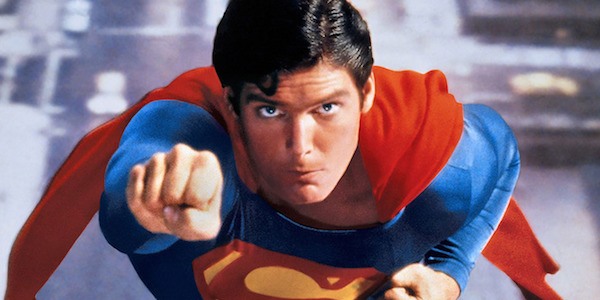
The 1990s brought something of a revival for Superman in the terms of popular culture. In 1993, the graphic novel “The Death of Superman” shocked the world and eventually became the greatest selling graphic novel of all time. A new show also came into light in the 1990s. “Lois & Clark: The New Adventures of Superman,” premiered on the ABC Network in September 1993 and ran for four seasons. Through “Lois & Clark” the world would get to know another version of Clark Kent/Superman along with some familiar characters. However, the question was, what was “new” about Superman’s adventures?
Michael G. Robinson argues in his article “Lois and Clark: What’s ‘New’ About ‘The New Adventures of Superman?'” that there was really nothing new about Superman. Robinson discusses how it depended on the viewer and how “For someone familiar only with Superman’s previous exposures in the visual mass media, there was a great deal of newness.” The show had been the sixth time the character had appeared in a television series, be it live-action or animated, thus Superman was not new to television. What the show tells is not necessarily about the adventures of Superman, but rather about its two title characters, Lois and Clark.
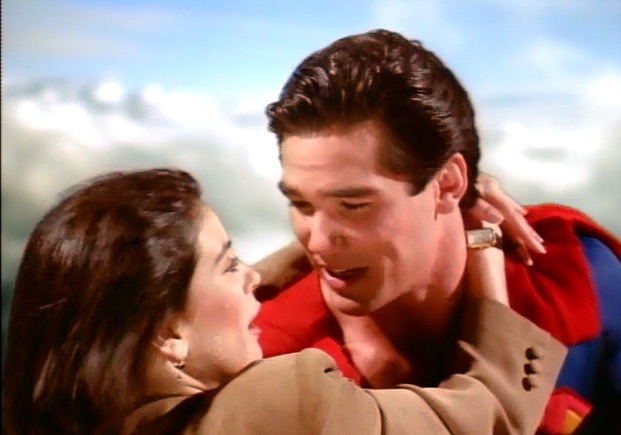
It is a show that depicts the more human side to Superman’s alter ego, Clark Kent, and his love interest Lois Lane. Starring Dean Cain and Teri Hatcher as the titular characters, the show follows a romantic comedy format. While Clark deals with the trials and tribulations of wanting to help save the people of Metropolis and the world, he is conflicted by his feelings for Lois who is in love with Superman, but not Clark at first. Showing the human side to Clark Kent is what gave the show’s audience a sense of feeling that Superman was the true disguise.
Under the disguise of Superman, Clark was able to do his job and have a social life. In the beginning of the series, Clark becomes somewhat frustrated because as Superman he realizes that he cannot save everyone. This gets to his heart, and he questions whether or not he should continue as Superman or give it up. There is a crucial moment in the third episode of the series where Lois tells Clark that it is simply the idea of Superman, that he is someone who people can believe in and look up to, and that is enough for the people of not only Metropolis but also the world. It is pivotal moment because it gave Clark the encouragement that he needed to fully embrace his alter ego.
One of the fundamental changes noted in “Lois & Clark” was that Superman’s secret identity was erased and ultimately became the driving force behind the show. As Robinson wrote it, “Clark Kent still remained, but in the new continuity, Superman never publicly let on that he led a double life. Superman thus became the disguise for Clark Kent, a way for Clark to acquire some privacy in his life from a world demanding his services.” It was essential that Clark did not need to pretend to be the misfit or the nerd because he was no longer the disguise. It also showed how Lois was now freed from her endless quest to prove the linkage between Clark and Superman. She was no longer the damsel in distress and more than an attractive woman. Now she is an independent, award-winning journalist. This too, gave way for Clark to pursue his love interest and attempt to win her over with his human qualities rather than Superman’s. Needless to say, Superman was gaining momentum, in the 1990s. With the addition of “Superman: The Animated Series” in 1996, it seemed by the late 1990s and into the early 2000s that there was no slowing down the Man of Steel.
In October 2001, a show called “Smallville” premiered on The WB network about a month after the horrific September 11 terrorist attacks on the United States, and “For the nation, Smallville‘s launch in the wake of 9/11 gave America a hero it could believe in when it needed one, the same way Jerry and Joe had more than sixty years earlier.” However, it was not a show about Superman but a young Clark Kent and his growing up in Smallville, Kansas. It dealt with teenage angst, Clark discovering who he is, and how he was to save the world. The show would become the longest running series for any adaptation of Superman, remaining on the air for ten years. In 2006, the world received another Superman movie. Brian Singer directed “Superman Returns,” starring yet another unknown actor, Brandon Routh as the title character. While movies, television shows, comic books, and graphic novels were a hit, there was a lot behind the scenes in the forms of legal trouble.
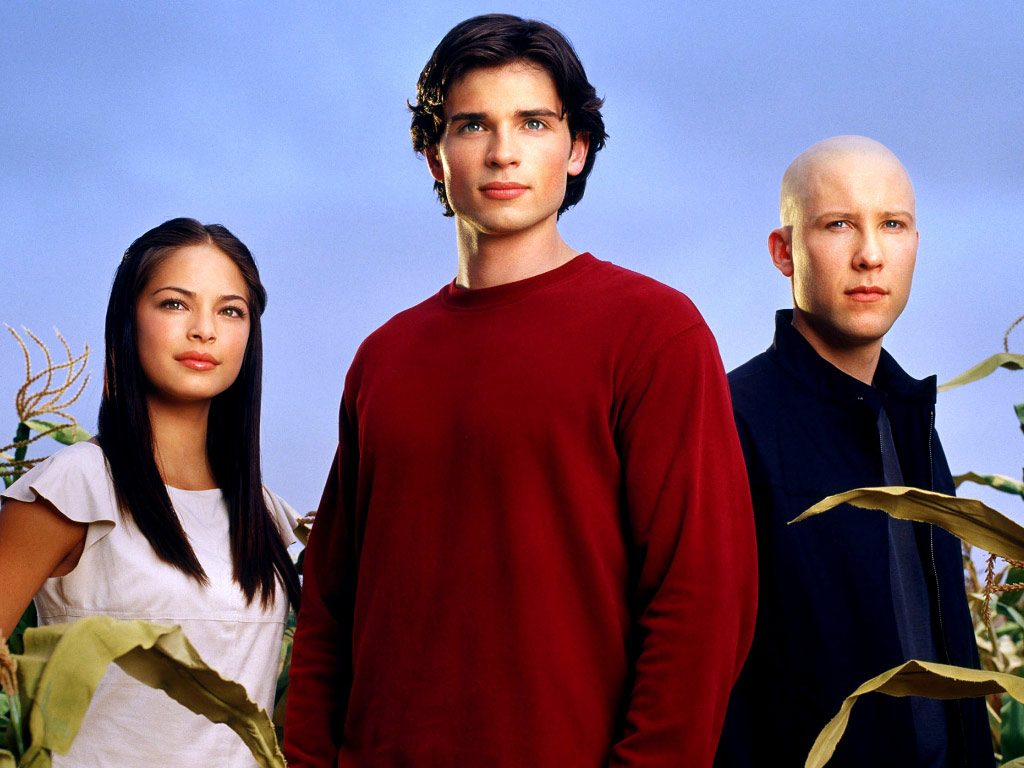
Larry Tye’s work goes on to discuss not only the vast history of Superman, but also of the legal battles that Jerry Siegel and Joe Shuster had faced when it came to dealing with their hero. Little did Siegel and Shuster know that when they sold Superman to “Action Comics #1” for $130 in 1938 (which equaled to ten dollars a page) they essentially sold the rights to Superman. This would mean that while the boys were the creators, the owners of Action Comics, and eventually Detective Comics, could do with their hero what they pleased without giving much thought to the original creators. At the time of Tye’s writing about the authors and creators of Superman, there was still dispute over who had the proper rights to the Man of Steel.
To look back at the history of Superman one must look at the different ways his story has been told. Both Larry Tye and Michael G. Robinson highlight Superman in respective ways. One discusses the history of the character, while the other asks the question of what is “new” about the new adventures of Superman regarding the television show “Lois & Clark: The New Adventures of Superman”. Though it was Robinson who spoke about how “Lois & Clark” portrayed Clark Kent and Superman as two separate characters, in “Superman: The Persistence of an American Icon,” Ian Gordon gives a different take on the story. Gordon discusses how Superman has been perceived as an American icon and how he came to be that icon. Superman did not become the icon he is today overnight. It was through a strong presence, especially throughout the early 1940s just as America was thrust into World War II. Using Umberto Eco’s “The Myth of Superman” as a guide, Gordon’s book is a work that embraces why the world should care about Superman, his history, and the stories that have followed him throughout the past eighty years.
Umberto Eco could be considered the author who started the deeper look into Superman’s history and how he has become the icon he is today. In his work “The Myth of Superman” he discusses how the character was essentially brought up from the likes of Greek mythology. “The hero equipped with powers superior to those of the common man has been a constant of the popular imagination – from Hercules to Siegfried, from Roland to Pantagruel, all the way to Peter Pan.” The heroes’ virtues are often humanized, but his powers are the extreme realization of natural abilities, such as being able to fight with ease, strength beyond those of mere mortal men, rather than thought of supernatural. Eco argues that since Superman is not from Earth, he often finds himself gifted with superhuman powers. For example, his strength is almost unlimited, but it is his ability to fly that sets him apart from those of the Greek gods. However, the image of Superman himself is not entirely beyond the reach of the reader.
The reader can often connect with Superman in a rather straightforward way as he is also the reporter, Clark Kent. Through the disguise of the mild-mannered reporter, Clark appears to be more timid, not over intelligent, a little awkward and wears glasses because he is near-sighted, much like one of his original creators, Joe Shuster. Through the eyes of Clark, one can see that he is also often submissive to his colleague, Lois Lane, who despises Clark though she is in love with Superman. Through the double identity of Clark Kent and Superman one can easily see how the two are connected, but also how they are two separate lives; “In terms of narrative, Superman’s double identity has a function since it permits the suspense characteristic of a detective story and great variation in the mode of narrating our hero’s adventures, his ambiguities, his histrionics.” This conflict is part of what gave various media outlets lots of room to explore the stories and how Ian Gordon used them for the basis of his writings.
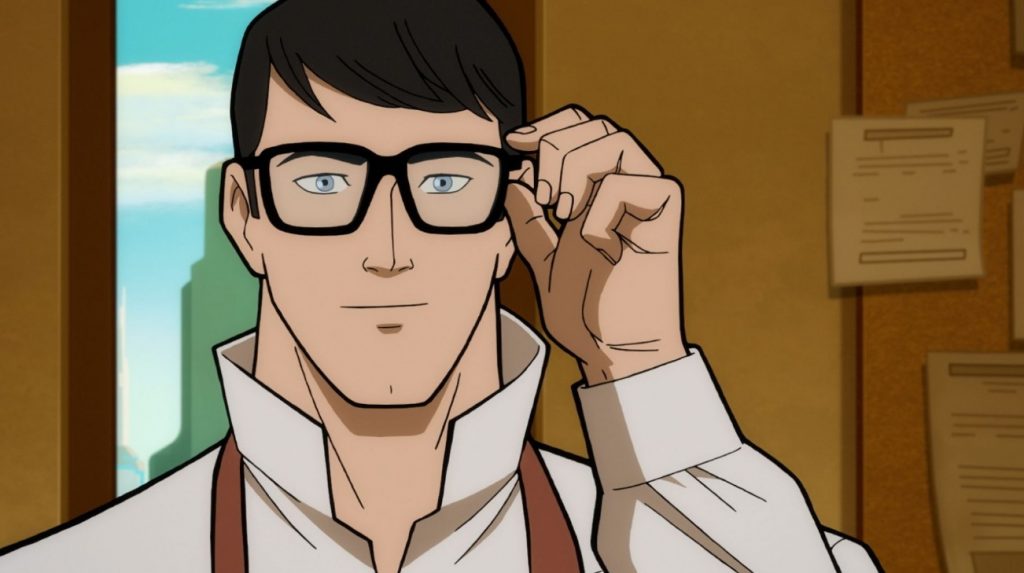
Ian Gordon mainly argues how that it was not the media alone which gave Superman the status of American icon, but it was a collaborative effort between Superman’s creators, various forms of media, publishers, and popular culture. In the early 1940s, as America once again found itself at war in the wake of the Pearl Harbor attacks, Superman would become its hero. The Superman comic strip in the newspaper was now aimed at improving the morale of both service personnel and of those on the home front. It was also the same time when the Superman radio serials came into play. It was during this time period that the phrase “truth, justice and the American way” came to be part of Superman’s legacy.
Other forms of media outlets helped create the American icon of Superman as well from two fifteen-part movie serials released between 1948-1950, to Saturday morning cartoons, to television series such as the “Adventures of Superman” in 1952 to “Lois & Clark: The New Adventures of Superman” in 1993, to “Smallville” in 2001. Movies also paved the way from “Superman: The Movie” in 1978 to its sequels, to the more recent movies such as “Superman Returns” in 2006 and “Man of Steel” in 2013. The movies and television tell how: “All of these incarnations contributed to shaping Superman’s place in American culture.” They tell of how America has embraced its hero in blue tights and a red cape. However, in order to understand how Superman became the icon he is today, one should understand what an icon is.
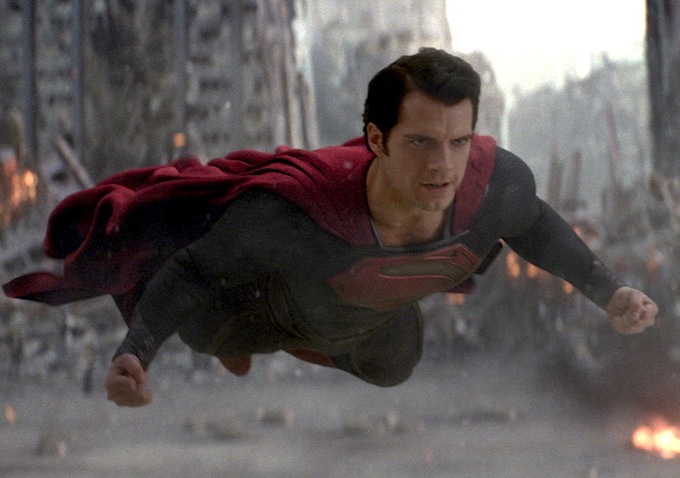
Ian Gordon quotes Martin Kemp who defines an icon “as something that has achieved wholly exceptional levels of widespread recognizability and had come to carry a rich series of varied associations for very large numbers of people across time and cultures, such that it has to a greater or lesser degree transgressed the parameters of its initial making, function, context, and meaning.” Using this approach one can easily see how Superman has become the icon within American popular culture that he is today. However, Superman is not just an American icon, he is one of the most recognizable figures throughout the world and has been ingrained into the world’s culture. Everywhere from the United States to the United Kingdom, from Canada to Australia, and everywhere in between, people see the signature logo of the Superman “S” and they know exactly what it stands for and the hero behind it.
Throughout his eighty plus years of existence, Superman has become a household name and icon. Since 1938, Superman and his cast of characters have been in the hearts of not only Americans but also throughout the world. Having first been launched in “Action Comics #1,” he has been saving the world one disaster at a time. Jerry Siegel and Joe Shuster, two young gentlemen from Cleveland, Ohio, were the ones who started it all. It was their collaboration and storytelling, which told the tale of an alien coming from another planet, landed in the middle of Kansas, and was raised on American values which included standing up for what is right and always seeking truth and justice. As author Ian Gordon writes, “Although over seventy-five years old, Superman remains at the forefront of shifts in the place of superhero characters in American culture and studying the longevity of his popularity helps explain these developments over the long term.” By studying Superman and his vast and complex history, one can see how he became an American icon in 1938 and will be for many more years to come.
Bibliography:
“Batman v. Superman: Dawn of Justice.” Dir. Zack Snyder. Perf. Ben Affleck, et al. 2016.
Dixon, Chuck and Paul Rivoche. “How Liberalism Became Kyrptonite for Superman: A Graphic Tale of Modern Comic Books’ Descent into Moral Relativism.” Wall Street Journal (2014): 2-4.
Eco, Umberto. “The Myth of Superman: The Amazing Adventures of Superman.” Diacritics, Vol. 2, No. 1 (1972): 14-22.
Evans, T.F. “”Man and Superman”: Notes for a Stage History.” Shaw Vol. 3 (1983): 79-101.
Freeman, Matthew. “Up, Up, and Across: Superman, the Second World War and the Historical Development of Transmedia Storytelling.” Historical Journal of Film, Radio and Television (2014): 215-239.
Gordon, Ian. “Superman: The Persistance of an American Icon” (Comics Culture). New Brunswick: Rutgers University Press, 2017.
Gould, Marie. “Dissecting the Man of Steel: The Evolution of Superman as a Reflection of American Society.” Undergraduate Theses Vol. 45 (2020): 1-33.
“Justice League”. Dir. Zack Snyder. Perf. Era Miller, et al. 2017.
Karp, Lauren N. “Truth, Justice, and the American Way: What Superman Teaches Us About the American Dream and Changing Values Within the United States.” Comics Magazine (1959): 2-58.
Kozlovic, Anton K. “Superman as Christ Figure: The American Pop Culture Movie Messiah.” Journal of Religion and Film, Vol. 6, Iss. 1, Art. 5 (2002): 1-33.
“Lois & Clark: The New Adventures of Superman”. Dir. Philip Sgriccia. Perf. Dean Cain, et al. 1993.
“Man of Steel”. Dir. Zack Synder. Perf. Henry Cavill, et al. 2013.
Ricca, Brad. “Super Boys: The Amazing Adventures of Jerry Siegal and Joe Shuster – The Creators of Superman”. New York: St. Martin’s Press, 2014.
Robinson, Michael G. “Lois and Clark: What’s New About “The New Adventures of Superman”?” Sudies in Popular Culture Vol. 21, No 1 (1998): 83-98.
Schismenos, Alexandros. “The Superman/Kent Hypothesis: On the Epistemological Limit Between Human and Superhuman.” Socretes, Vol. 3, No. 1 (2015): 57-65.
Scivally, Bruce. “Superman: On Film, Television, Radio and Broadway”. Jefferson: McFarland and Company Inc., 2007.
“Smallville”. Dir. James Marshall. Perf. Tom Welling, et al. 2001.
Soares, Michael. “The Man of Tomorrow: Superman from American Exceptionalism to Globalization.” The Journal of Popular “Culture, Vol. 48, No. 4” (2015): 747-761.
“Superman Returns”. Dir. Bryan Singer. Perf. Brandon Routh, et al. 2006.
“Superman: The Movie”. Dir. Richard Donner. Perf. Christopher Reeve, et al. 1978.
Trafton, John. “Believe a Man can Fly: Richard Donner’s Superman (1978) and the Cinematic Recovery of American Mythology in the 1970s Hollywood Cinema.” Journal of Popular Culture Vol. 27, No. 3 (2018): 45-62.
Tye, Larry. “Superman: The High-Flying History of America’s Most Enduring Hero”. New York: Random House Publishing Group, 2013.
Weldon, Glen. “Superman: The Unauthorized Biography”. Hoboken: John Wiley and Sons Inc., 2013.
Wright, Olivia. “”On My World, It Means Hope”: Superman as Symbolic Propaganda to Cultural Icon 1939-1945.” Temple University (2018): 1-16.
Yockey, Matt. “Somewhere in Time: Utopia and the Return of Superman.” The Velvet Light Trap Vol. 61, No. 1 (2008): 26-37.
Zeichmann, Chirstopher B. “Champion of the Oppressed: Redescribing the Jewishness of Superman as Populist Authenticity Politics.” The Journal of Religion and Popular Culture, Vol. 29, No. 2 (2017): 132-146.


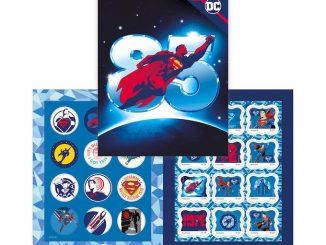
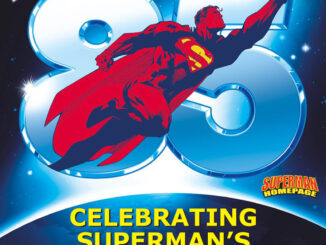
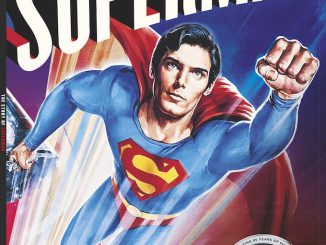
Well done to writer Kara Lucker on this article! An excellent read! 🙂 Full of information and very informative on superman‘s history. I highly recommend reading this article especially on this day where we celebrate Superman‘s creation.